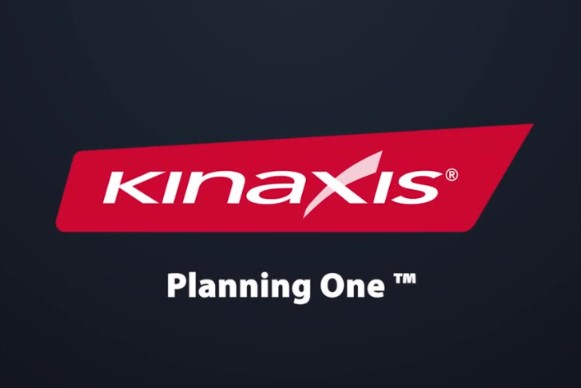More precise forecasting
Lưu ý: thành phần này tự tạo các liên kết cho tất cả các Section có đánh dấu [Bổ sung điểm neo].
Có thể bổ sung thêm liên kết khác ở [PHẦN LIÊN KẾT]
Kinaxis Planning One is a cloud-based software platform (Software-as-a-Service: SaaS) designed for planning purposes, using patented memory database technology and working algorithms. The solution was developed by Kinaxis, a Canadian-based company that has been at the forefront of supply chain planning since 1984.
Kinaxis Planning One enables businesses of all sizes to embark on their supply chain’s digital transformation path quickly, easily, and affordably; it also enables simultaneous planning based on the beginning-to-end supply-chain planning procedures.
The main aspects of a control tower are combined with the instant and continuous synchronization of simultaneous demand, supply, inventory, and operational planning in Planning One.

Plan strategic, tactical, and operational activities by:
The system assists you in controlling your supply chain in seconds by:
More precise forecasting
Risk reducing
Harnessing the power of Artificial Intelligence
Assistance in making educated decisions
Real-time Planning
Boost business efficiency